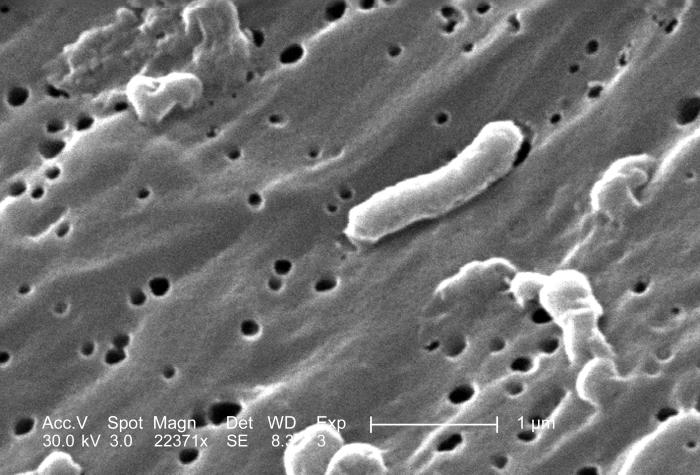The number of cholera cases and deaths in the Democratic Republic of the Congo (DRC) to date in 2016 is significantly higher the same period in 2015, according to UNICEF data published today.

Between January and October 2016, a total of 22,002 cases of cholera with 646 deaths were reported in the DRC. Compared to the same period in 2015, 12.269 cases of cholera with 192 deaths were reported.
660,000 people, including 316,800 children between 0 and 14 years old are currently at risk for cholera in just eight provinces, the report notes.
The UN agency also says the epidemic is already present in the densely populated capital city of Kinshasa. With its’ sanitary installations, rudimentary water supply, and arrival of cases onboard of boats, the epidemic could rapidly propagate itself and put millions in danger.
Cholera is a bacterial disease that is most often spread by eating contaminated food or drinking contaminated water. Water is contaminated by the feces (stool) of an infected person or by untreated sewage. Food may be contaminated by using water containing cholera bacteria or by a person whose hands are contaminated with the cholera bacteria.
Often people have mild illness or no symptoms. However, about one in 20 (5%) infected people will have severe disease characterized by profuse watery diarrhea, vomiting, and leg cramps. In these people, rapid loss of body fluids leads to dehydration and shock. Without treatment, death can occur within hours.
Related:
- Monkeypox outbreak in Central African Republic: WHO update
- Nigeria mass polio vaccination campaign to affect 41 million children
- Anthrax outbreak linked to tainted hippo meat more than doubles in Zambia


3 thoughts on “Cholera outbreak tops 22,000 in Democratic Republic of the Congo”